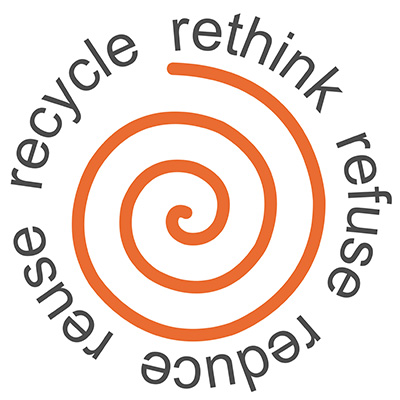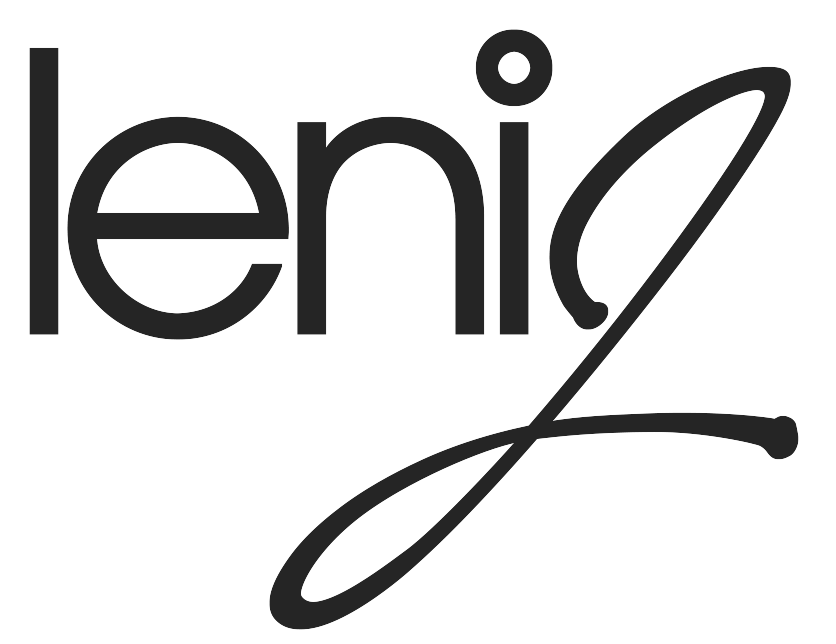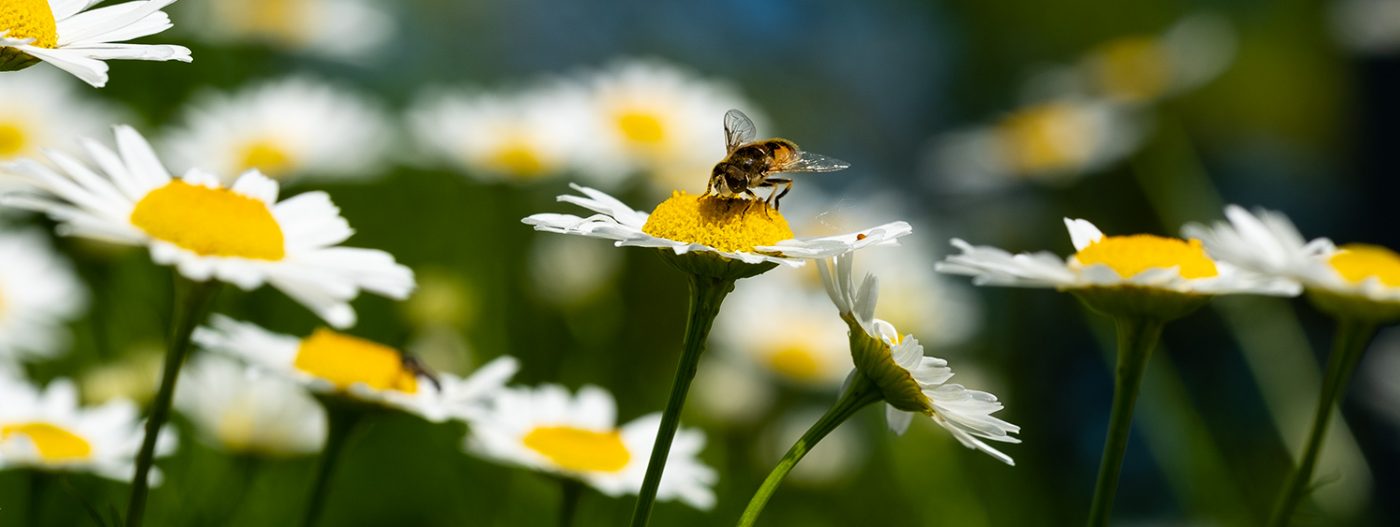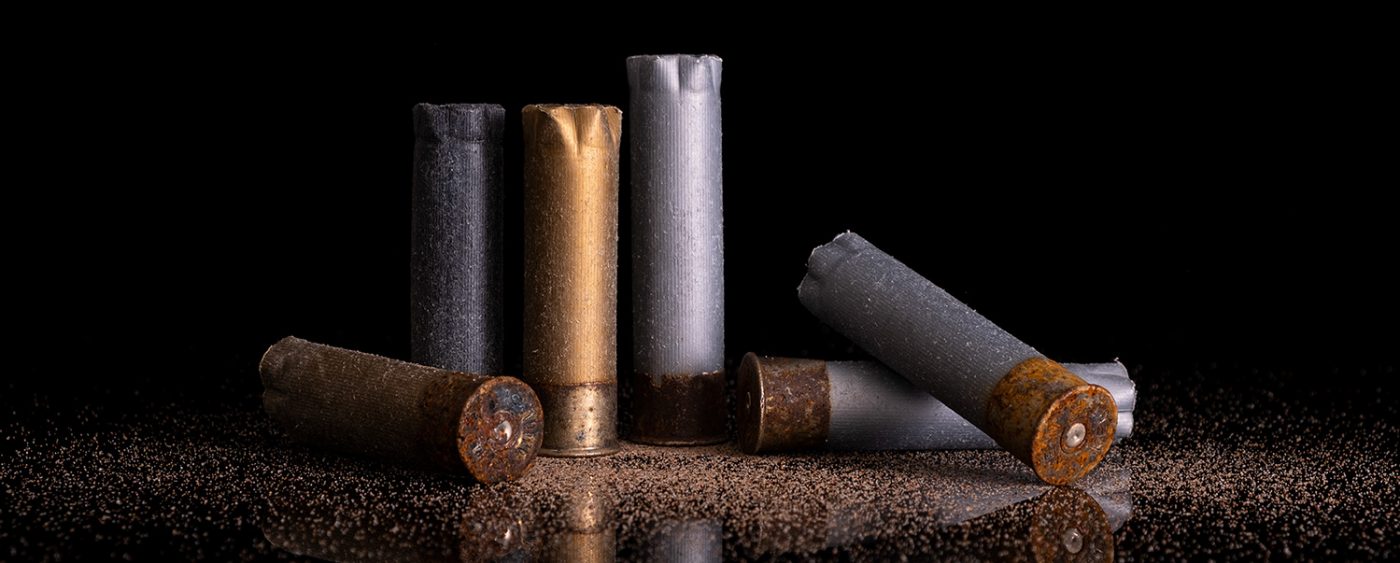- Always carry your own bags, water bottle, and coffee mug
- Drive an electric vehicle or better yet take transit or your bike
- Only buy local food (to avoid emissions from transportation)
- Buy organic (to avoid chemicals used in fertilizing and pesticides)
- Eat less meat or go vegetarian or vegan
- Pay attention to the packaging on products and only buy things in recyclable or reusable packages (avoid plastic that can’t be recycled easily or just avoid plastic altogether)
- Turn off your lights and any device you are not using, even unplugging them to avoid “phantom power” usage
- Change your light bulbs to low energy LEDs
- Switch to solar panels or make sure your grid power comes from renewable sources
- Stop buying fast fashion (buy only clothes, shoes and accessories made from organic or recycled products)
- Only buy products made of materials that can be easily recycled
- Reduce, reuse, repurpose
These are all great things and I endeavour to do them every day in some way. But making these choices takes time, money, and energy, putting a great deal of the burden on the consumer.
To be truly sustainable you must not purchase anything that might in some way harm the environment. Everything we consume to survive must go back into the cycle of production and never be allowed to pollute the air or poison the rivers and oceans.
In this day and age, this is impossible. Almost everything we buy, at either its production or its disposal, is hard on the planet.
Take something as recyclable as paper. Paper has been around for centuries. It can be made from almost anything but is primarily made from trees. Trees are being cut down faster than they can regrow. But we can recycle paper, right? Well, not if it has been contaminated by food or liquids or if it has been covered in wax. Then it just goes into the landfill.
What about that electric car? It’s good for the environment in that it doesn’t spew carbon monoxide into the air. But every component of that car is made of petroleum products. From the plastic dashboard to the rubber tires, to the polyester or vinyl fabric seats, the production of that car is an environmental crime. Yes, some of it can be recycled but most of it can’t.
The batteries powering your cell phone use the metal lithium-ion, the mining of which is polluting both air and water sources around the world. Your typical toilet paper is treated with bleach. Even producing a simple pair of cotton jeans requires enormous amounts of water, pesticides, and chemicals. I could go on and on.
When you really look at how each product on the market is made, and how far it had to travel to get to your door, it is almost impossible to find one that is 100 per cent sustainable.
It is overwhelming. And for someone who has chosen to live with this awareness, it is demoralizing. Where do you even start? If I can’t do it properly, how can I encourage others to do the same?
The environmental movement, as we know it today, has been around for over 30 years. People with much more knowledge than me have been fighting this fight and getting almost nowhere.
Why should anyone even bother?
The morning after our conversation my husband produced a quote for me to think about. It’s not a direct quote from Martin Luther King but more of a synopsis from one of his.
Our lives begin to end the day we become silent about things that matter.
Meaning, life is only worth living when you live with purpose and act on that purpose. Let’s bring it all back to this land we live on. To quote Audrey Hepburn;
To plant a garden is to believe in tomorrow.
Nature is the centre of it all. We need it to survive. Generations in the future will need it to survive. What we are doing to this planet, pillaging its resources and polluting the air and water is untenable. If we continue as we are, there will be nothing left to support us.
Awareness of the problem is the first step. Spreading the word, including the struggles, is essential to the movement.
It took women 100 years to get the vote and not until the 70s before they could open their own bank account without the permission of their husbands. Technically, black African Americans got the right to vote in the mid-1800s but in many states that right was not properly realized until the 60s and continues to be challenged today.
Being a force for change takes time and requires actions both large and small. Every person has to figure out what they can do in their own lives. We have started with education, lifestyle choices and growing some of our own food. It’s not much but it is a start.
And I will continue to speak about these things until people start to listen.
I suspect the planet will be the loudest voice in the years to come, telling us with storms, famine, and viruses what we are doing wrong and finally dragging us, kicking and screaming, into the next era.
Every day I walk my dog and every day I pick up garbage that has mysteriously never made it to the garbage or recycling bin. It pains me to see what humans so mindlessly pitch out their car windows or drop on the sidewalk. Some days I think humans are disgusting and lazy and they deserve to die out.
On better days I think, not ALL humans are horrible. Some are trying to change the way things are done. It’s just easier to see the actions of the nasty ones than it is to see the ones that are doing good.
Recently, I had the pleasure of reading a fascinating book called The Upcycle, by William McDonough and Michael Braungart. This is the follow-up book to their first collaboration, Cradle to Cradle.
Each book outlines the global need for a new way to design the products we use every day. Designing for Cradle to Cradle or C2C “means that a material or its component chemicals could be reused endlessly, safely.” It is the opposite of our current way of thinking where everything can just be thrown away. To a certain extent it encourages recycling, but smart recycling. It means making products with the whole product cycle in mind. Not just its first purpose, but the second and maybe the third until it breaks down into smaller particles that can be rebuilt into something new.
Composting is nature’s C2C. Food grows from the soil, we consume what we need, the leftover bits are then allowed to decompose and eventually nourish the next generation of food. Bill and Michael argue in their books that when designing a product or service, companies must think about the bigger picture, not just the immediate gain. The question should always be — what’s next and where are we going with this?

This book was brought to mind recently with the huge press coverage of Terracycle’s new initiative called Loop — a program of ordering products online in reusable packaging that can be returned to the manufacturer — aka, the Milkman. It was introduced at the World Economic Forum in Davos, Switzerland. Terracycle “is an innovative recycling company that has become a global leader in recycling hard-to-recycle waste.”(1) They have worked with some of the largest companies, encouraging them to change their packaging to include recycled materials.
However, the recycling business is not going well. Overall, about 91% of all the plastic waste ever created has never been recycled — a statistic so “concerning,” the Royal Statistical Society named it the 2018 international statistic of the year. (2) The Chinese have drastically reduced the amount of recycled materials they import from the west and this has left recycling companies struggling to figure out what to do with all their collected waste. This brings to mind what people like Annie Leonard of “The Story of Stuff” have been saying for years; that recycling is not the answer to our waste problem.
Recycling alone will never stem the flow of plastics into our oceans; we have to get to the source of the problem and slow down the production of all this plastic waste. Think about it. If your home was flooding because you had left the faucet on, your first step wouldn’t be to start mopping. You’d first cut the flooding off at its source — the faucet. In many ways, our plastics problem is no different. (3)
We are consumers of products who love the convenience of going to the store and bringing home things in easy to carry packages. But, as Leonard says, “not long ago, we existed in a world without throwaway plastic, and we can thrive that way again.”(4) Which makes the Terracycle program so interesting. Bring back the Milkman, modern style, by ordering online and having UPS pick up the reusable packaging in reusable boxes. It seems like it might fit the C2C mentality of looking at the full cycle of a product’s life. Except in this case it only addresses one aspect of the product, the package, It does not address the contents, and, it hints at a bit of greenwashing.
The companies that Terracycle has brought into this experiment are the ones that can afford it; Coke, Nestle, Unilever among others. All of these companies currently face serious backlash for being the biggest contributors of plastic waste. They are in fact on Greenpeace’s Top 10 of the Worst Plastic Polluters.(5) The Break Free from Plastic (#breakfreefromplastic) movement was created to shame these producers of plastic by posting images in social media of trash with their logos lining the streets and waterways.
And it’s working. These companies know they need some good press and perhaps they think the Terracycle program is how they can get it. But as consumers, we need to look at the bigger picture. What exactly are these companies producing? What chemicals go into the production of antiperspirant, Coke, and Clorox disinfecting wipes? How are they produced?
A product is more than just its package. It’s also what happens to the contents when they wash down the drain or get thrown away. Some antiperspirant contains known carcinogens that have been banned in Europe. The chemical make up of coke has been well documented, and Clorox wipes are not biodegradable. In addition, the CEO of Nestle has stated that he does not believe that access to water is a human right and so Nestle continues to drain essential aquifers for profit.
One of the mantra’s of the Break Free From Plastic movement has been its high time we put the responsibility for pollution back on the manufacturers. Changes in how they produce products will have a much higher impact on the environment than me carrying my own shopping bag or coffee mug. How we as consumers can make a difference is by not buying their products. By showing them over and over that not only do we want better packaging but we want better and safer products that don’t harm us or pollute the planet at every stage of production. So while I applaud Terracycle’s Loop program, I will never participate because I don’t shop from any of those companies. On the other hand, I know I am a niche consumer, one who buys organic, doesn’t mind seeking out independent grocers who sell in bulk and, who buys or makes natural cleaning products. Most people don’t care.
The challenge for Terracycle’s Loop program will be to get those consumers who do currently buy those products to take the time to order a few products online and organize shipping of the containers back to the manufacturer. To become “niche” as it were. But if it succeeds perhaps it will set the stage for new developments more in line with C2C.
The advantage of a C2C mentality is that, when applied across the economy, no one has to be niche. No one has to be inconvenienced or go out of their way to protect the planet. The system and the products it creates would already be doing that. There would be no waste to manage because everything is produced in a way that can be reused or repurposed continuously. This utopia may seem overly optimistic to some but the model works and the book describes ways that the authors have helped companies change how they think and work in order to create new and exciting systems and products. And while the cynic reading this might think it could never be profitable, the authors’ experience has been just the opposite. They found that as each company seeks out new ways of doing things, there is a ripple effect that stretches out to their suppliers and competition. To quote the book,
The most effective transformational foundation of Cradle to Cradle is, to the surprise of some, not environmental. Nor is it ethical. It is economic.
And this gives me hope because I know that until we are truly faced with a catastrophic, in your face, environmental crisis, people are more likely to respond to things that are simple and make them feel good. It is much harder and takes more thought to be an advocate for the environment. I know I will continue to curse the trash I pick up every day but it is good to know that people are making a difference somewhere. Humans are essentially innovators, we are constantly seeking out new ideas, new ways to solve problems. The Cradle to Cradle philosophy encourages us to solve our current problems with more thoughtful design that supports us and the planet. It’s not easy but no one ever said it would be. And frankly, at this point, what choice do we have?
To learn more about the book click here.
To read more about the C2C certification and institution click here



